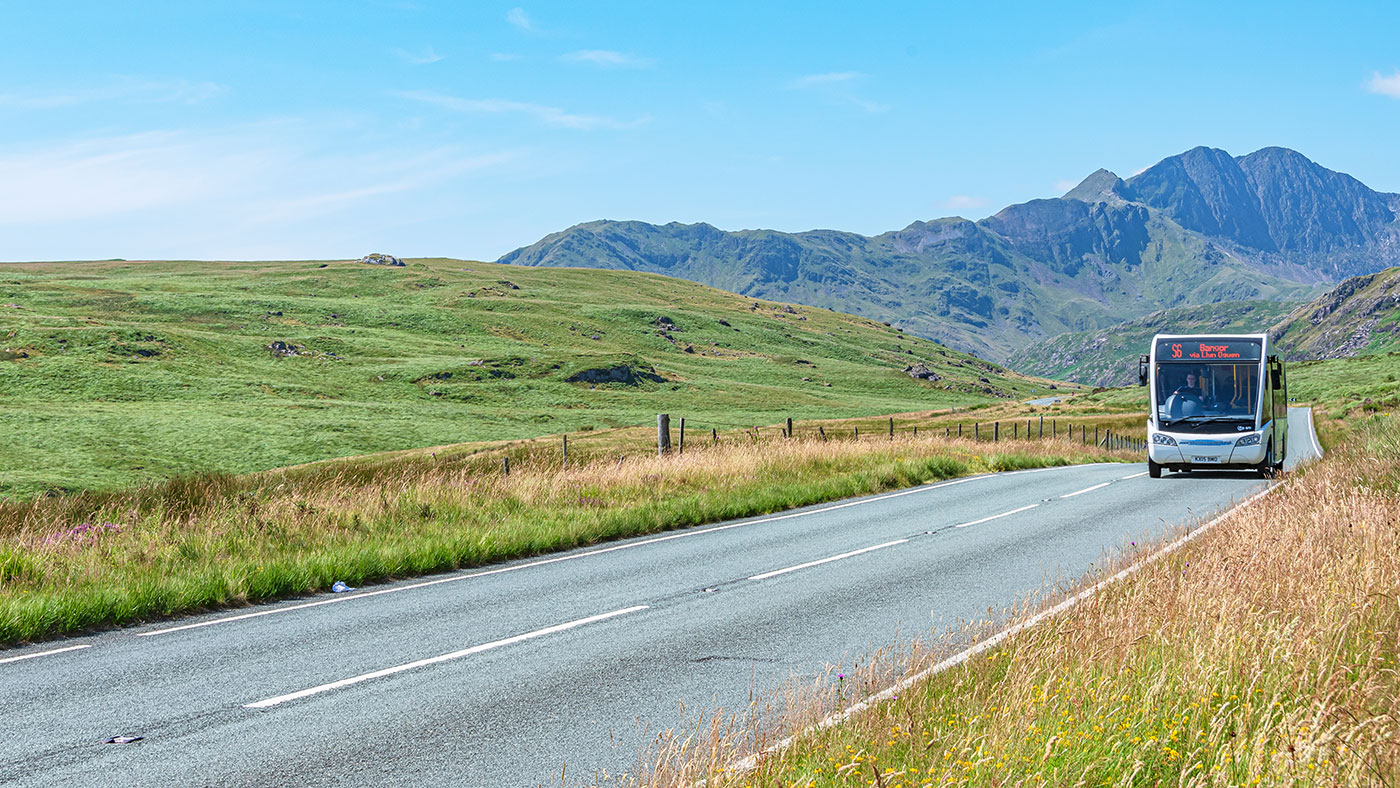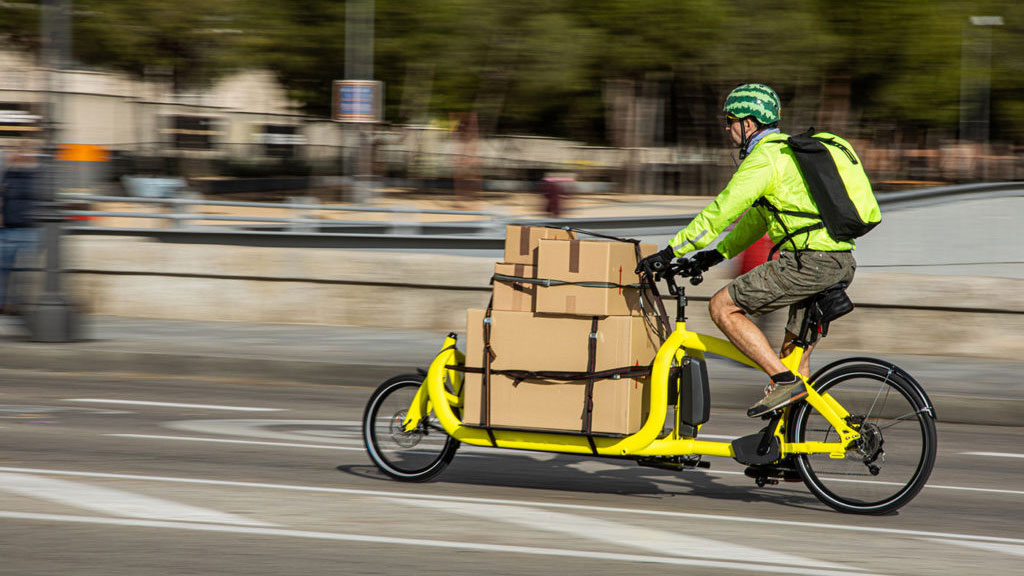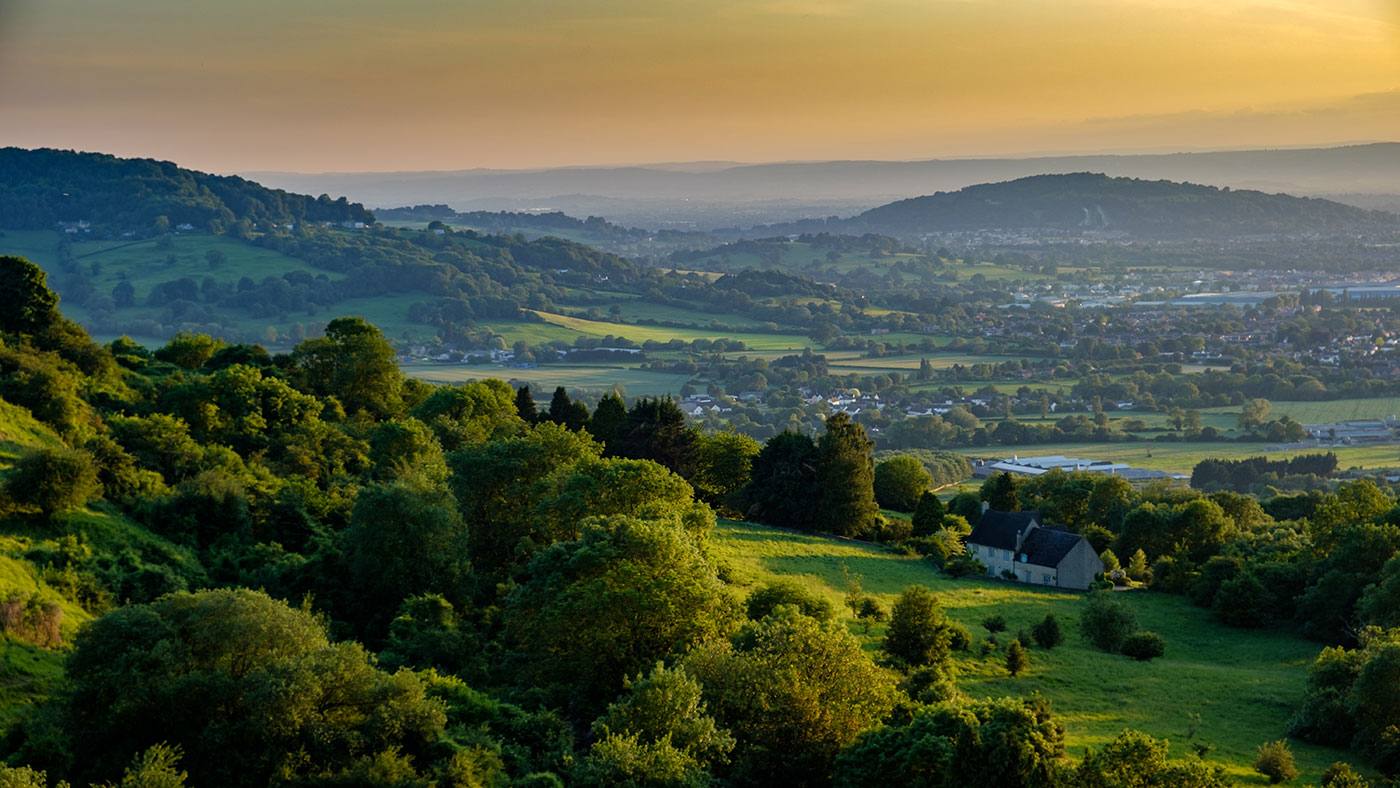It’s time to think about the future
Solutions
There is no single ‘silver bullet’ for achieving a low traffic future. In outline though, it will involve investing in safe and accessible streets for walking, wheeling and cycling – including measures such as 20mph schemes, school streets and low traffic neighbourhoods – as well as by improving public, shared and community transport (i.e. not only trains or buses and coaches, but also car-pooling, ride-sharing, public cycle hire schemes, dial-a-ride and similar schemes). It will also involve managing travel demand, primarily by ensuring that new housing and other developments are located and designed to make it easy to travel to and from them without depending on private cars.
Sustainable transport improvements can be funded partly by rebalancing transport spending away from new road schemes that won’t be needed in a low traffic future, and partly by introducing some form of road user charging. Charging schemes should aim not only to reduce road traffic demand directly, but also indirectly by funding improvements to walking, wheeling, cycling and public transport, thereby reducing our dependence on cars, vans and lorries. Public support for the principle of road user charging has grown markedly since 2007, though it remains important to ensure that charging schemes are fair and seen to be fair.
As for freight transport, the primary goal should be to move as much heavier long-distance freight as possible onto freight trains. This should be combined with a range of solutions to improve urban logistics (i.e. delivering goods to and within town and city centres), including trans-shipment facilities and increased use of cargo-bikes.
How we get there
How we get there
To achieve a Low Traffic Future we need a holistic view of transport across our nation. Here’s a snapshot of our thinking.








